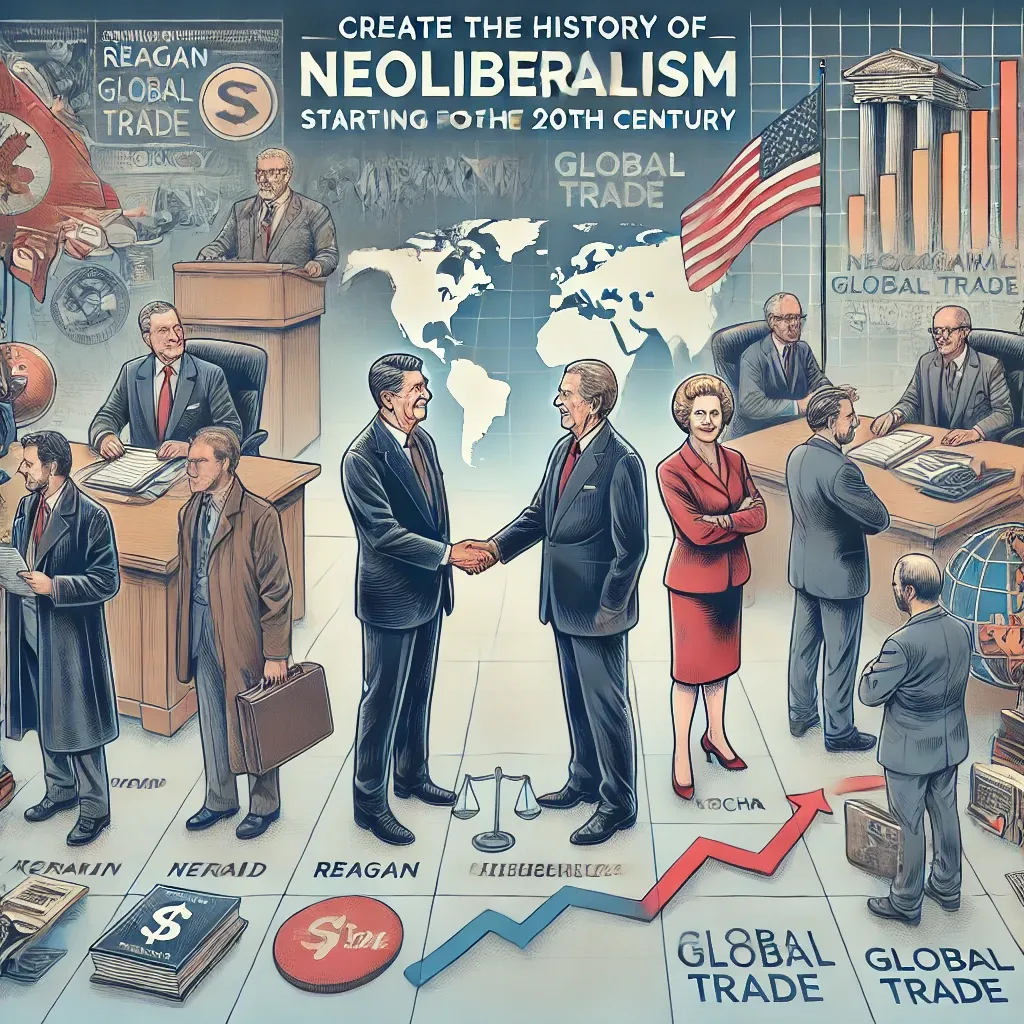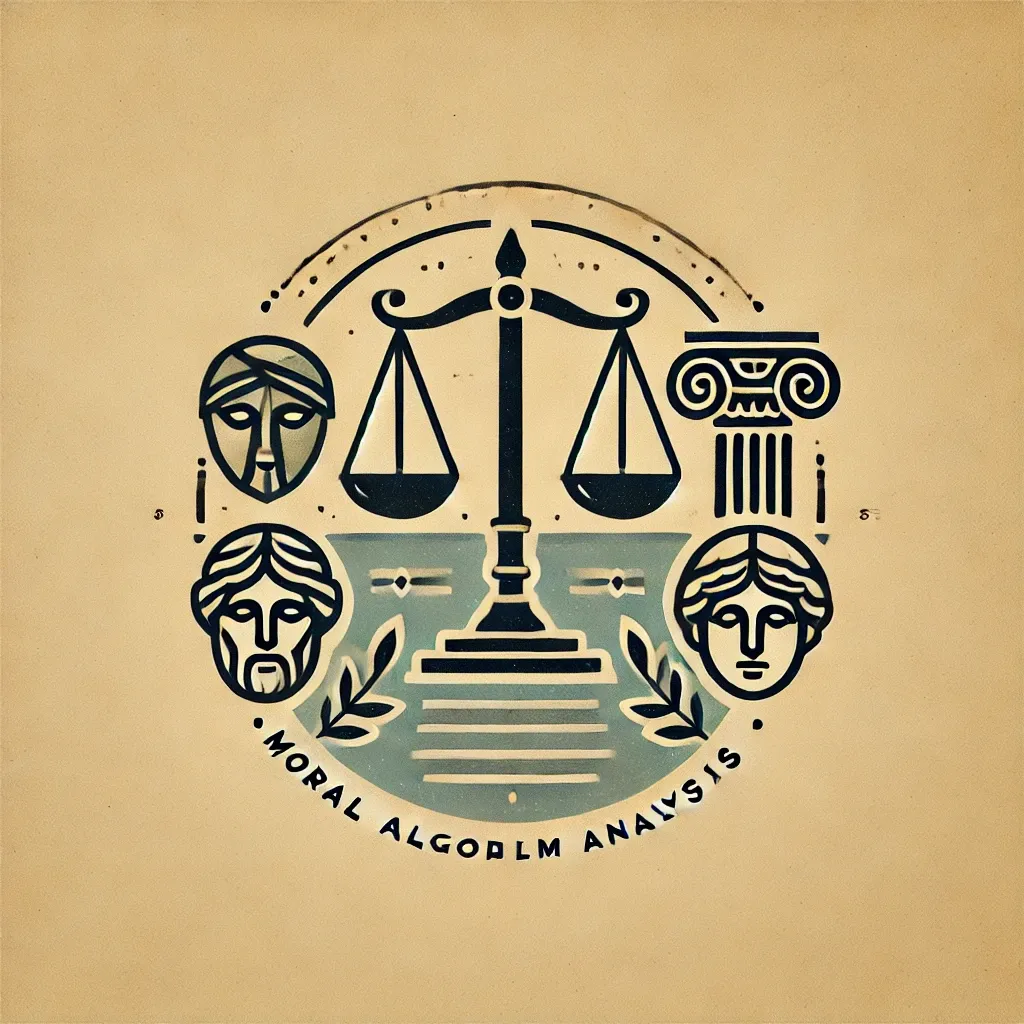The Legacy and Future of Trickle-Down Economics: The 2025 Wealth Transfer
From Lewis Powell's 1971 memo to Reagan's tax policies and Trump's 2017 reforms, U.S. economic policy has long favored corporate interests. With the Heritage Foundation's Project 2025 looming, will America continue this trend or shift toward economic balance?

Introduction The theory that cutting taxes for corporations and the wealthy benefits society has shaped U.S. economic policy for decades. Key figures and strategic initiatives have played critical roles in embedding these ideas into the American economic system, influencing policies from Reaganomics to Trump’s tax reforms, and now potentially Project 2025. The involvement of influential individuals such as Lewis Powell, Ronald Reagan, Dick Cheney, Donald Rumsfeld, Arthur Laffer, and modern figures like Donald Trump and conservative leaders at the Heritage Foundation have woven a consistent narrative of prioritizing corporate and elite interests over broader economic equity.
The Origins of Corporate Political Mobilization: The Powell Memo In 1971, Lewis Powell, a Virginia lawyer who would later become a U.S. Supreme Court justice, wrote the “Powell Memorandum,” a strategic document urging the U.S. Chamber of Commerce to counteract perceived anti-business sentiments and regulatory overreach. This memo emphasized the need for the business community to organize politically, cultivate long-term influence, and actively engage in policy-making. The influence of Powell’s call to arms extended through the 1970s and catalyzed a surge in corporate lobbying and political involvement. Figures like Bryce Harlow, senior representative for Procter & Gamble, took Powell’s strategy and helped build a robust lobbying force in Washington.
Reaganomics and Its Outcomes President Ronald Reagan’s adoption of conservative economic policies in the 1980s marked the practical implementation of Powell’s vision. Reagan, advised by economists Arthur Laffer and Milton Friedman, focused on tax cuts that favored the wealthy and large corporations. Laffer’s famous “Laffer Curve,” first drawn during a 1974 meeting involving Dick Cheney and Donald Rumsfeld—both future architects of significant policy shifts—was instrumental in promoting the idea that tax cuts would stimulate economic growth. Friedman’s staunch opposition to government spending further influenced Reagan’s economic framework. These policies promised economic growth but primarily benefitted the wealthy, as seen in a substantial 20% reduction in taxes for high earners compared to a minimal cut for the lowest earners.
The Trump Administration’s Tax Reforms Fast forward to 2017, President Donald Trump implemented the Tax Cuts and Jobs Act, a policy reflective of the strategies laid out by Powell and expanded upon by Reagan. This act was designed with significant input from key Trump advisors like Gary Cohn, who argued that these tax cuts would boost economic activity and benefit workers. However, as confirmed by Bharat Ramamurti, a former deputy director of the National Economic Council, the benefits were overwhelmingly skewed toward the wealthiest Americans. Corporations such as Verizon, Comcast, Lockheed Martin, and Walmart were among those who saw substantial tax savings, redirecting profits to shareholders rather than investing in employees. Major Trump donors, such as the Uihlein family, emerged as notable beneficiaries of these policy changes, showcasing how financial support and political influence intersected.
Project 2025 and Its Modern Implications Project 2025, introduced by the Heritage Foundation, represents the latest conservative strategy for reshaping U.S. policy. This comprehensive plan outlines a conservative roadmap for reorganizing federal government structures and includes proposals that align closely with Trump’s policy goals, such as reducing federal oversight and mass deportations. Sarah Parshall Perry, a senior legal fellow at the Heritage Foundation, confirmed Trump’s selective interest in parts of this plan. The project echoes the Powell Memo’s themes of mobilization and sustained political engagement to protect business and elite interests.
This initiative involves modern political figures, including billionaire supporters like Nelson Peltz, who, despite distancing himself after the events of January 6th, hosted private meetings to rally support for Trump. Figures such as Steve Wynn, Elon Musk, and Isaac Perlmutter were also linked to pro-Trump advocacy, highlighting the continued coordination among influential business leaders to push for policies that protect their financial interests.
2025: A Pivotal Year The year 2025 is set to be a turning point, with the potential expiration of Trump’s tax cuts and the ambitious agenda outlined in Project 2025. If Trump or a similarly aligned candidate were to implement the project’s policies, the U.S. could see a further entrenchment of wealth among the ultra-rich and an increased federal deficit, projected by the Congressional Budget Office to grow by nearly $5 trillion. The potential continuation of these policies ties back to the coordinated efforts initiated by figures such as Powell, Reagan, and more recently supported by Trump and his network of wealthy allies.
Conclusion The historical trajectory of U.S. economic policy showcases a clear line from the Powell Memo’s original rallying cry through Reagan’s trickle-down approach, Trump’s tax reforms, and the ambitions encapsulated in Project 2025. This evolution features influential figures like Lewis Powell, Ronald Reagan, Dick Cheney, Donald Rumsfeld, Arthur Laffer, Milton Friedman, Donald Trump, Gary Cohn, Bharat Ramamurti, Nelson Peltz, Steve Wynn, Elon Musk, and Isaac Perlmutter. Their collective actions and policies have consistently prioritized elite interests, reinforcing economic structures that deepen inequality. As the nation approaches 2025, the question remains whether the path set forth by these historical and modern figures will be reinforced or challenged for a more balanced economic approach.
